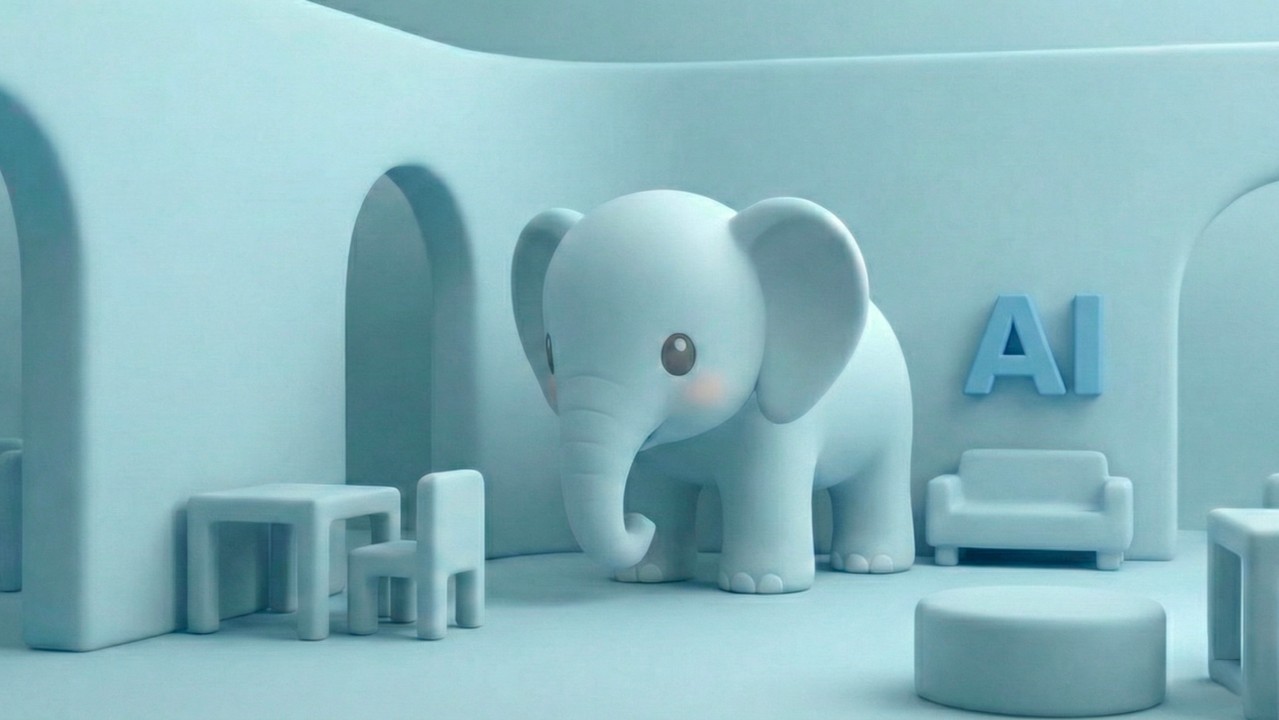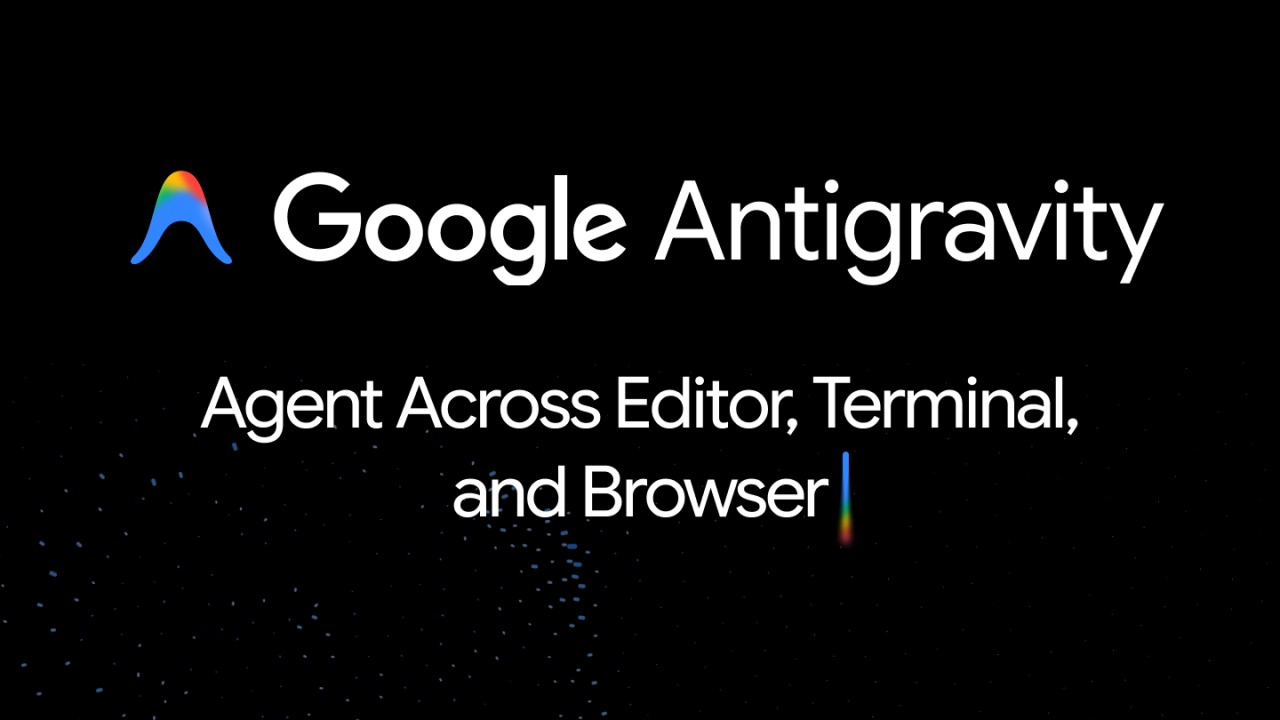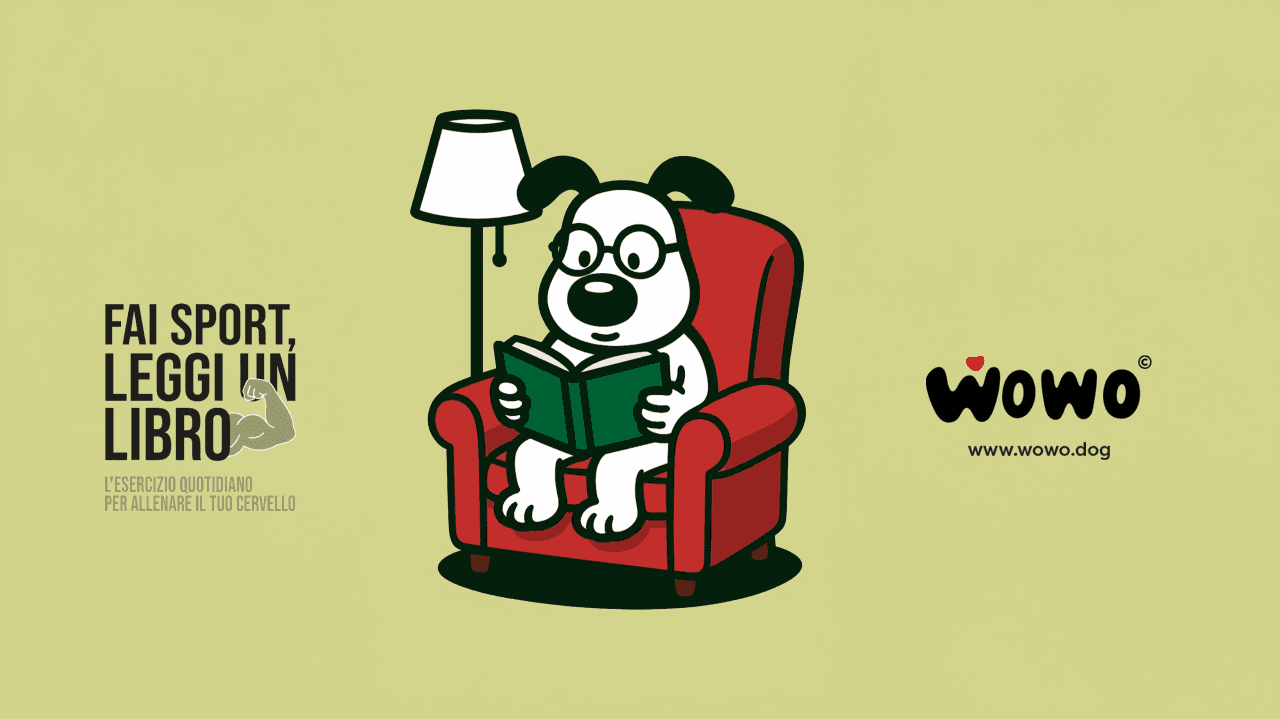In my work as a UX/UI designer, I’ve often thought of human–machine interaction as a kind of dance: the person with their intentions, the device or interface with its responses, and the digital environment that mediates between them. Today, we’re witnessing a change that goes beyond the interface itself. With Anthropic’s introduction of Skills in its Claude assistant, the machine no longer enters the scene merely as a tool—it becomes an integral part of the workflow.
What Claude Skills Are
Skills are essentially folders or modules containing specific instructions, scripts, and resources that Claude can load when needed. In practical terms:
Each Skill defines when it’s relevant (“when I have an Excel file with a complex formula,” “when I need to follow brand guidelines”) and how to act.
Claude scans available Skills, identifies the one that fits the context, and optimizes it for speed and efficiency.
Skills are composable, portable, and efficient: you can build them once and use them anywhere (apps, APIs, codebases) without duplicating context.
Example use cases already mentioned include generating spreadsheets, slides, and Word documents aligned with brand standards, creating personalized presentation flows, and integrating with tools like Notion, Box, or Canva.
In essence, the machine stops being “generic” and becomes a specialist in your domain—instantly available without you having to explain things each time.
Implications for UX and Human–Machine Interaction
From a designer’s perspective, several implications stand out:
A smoother, frictionless flow
No more “open app → load file → exit → return → copy–paste.” Now it’s simply “ask the assistant— it already knows where to look.” This reduces unnecessary steps and enhances continuity.Personalization and context as the new UX frontier
Traditional UX deals with generic scenarios: button, form, response. Here, the user operates in an environment that knows who they are, what they’re doing, and which tool they need. Designers and creators must now consider how the machine interprets context.The designer’s role expands from visual interface to Skill ecosystem
Design now involves more than layout, colors, and animations—it includes orchestrating Skills, connecting workflows, and educating the assistant. This introduces a more strategic role: the Skill Designer.
Challenges and Reflections
This paradigm brings challenges that must be addressed:
Trust and transparency: If the assistant activates a Skill and modifies my content, how do I understand what it did? Feedback and visibility become crucial elements of design.
Adoption and training: Making a Skill available isn’t enough; users must understand its value, activation, and place within the overall UX.
Content and interface design: We’re not just designing web pages or forms, but contextual activations. Content itself must be designed to be queried and executed.
Governance and infrastructure: Teams, procedures, versioning—Skills introduce “code” and “workflow” logic traditionally handled by engineers. Designers will need closer collaboration with DevOps, product, and systems teams.
Future Scenarios and Opportunities for UX/UI Professionals
What opportunities arise for those of us working in user experience?
Designing for active AI: Assistants become proactive, not just reactive. The user flow shifts from “do-then-ask” to “ask-and-do.”
A new design workflow: We move from “pages” to “activatable modules,” from “clicks” to “invocations.” The user may no longer navigate but instead query the environment.
New roles emerge: Skill Architect, Skill Curator, Skill Integrator. Designers will orchestrate not just UI, but also the assistant’s behavior.
A more layered human–machine ecosystem: Interaction happens both visibly and behind the scenes. Design must account for this—feedback, state, activation, multimodal interaction.
Conclusion: A Paradigm Shift in Digital Interaction
Claude’s new Skills feature is more than a technical extension—it’s a strong signal. The user interface is evolving into an active ecosystem, where AI doesn’t wait for you to act, but understands, decides, and executes.
As designers, our challenge isn’t merely to adapt—it’s to lead. To create experiences where the user remains at the center, while context, intelligence, and personalization become core design elements.
We’re entering a phase where the digital assistant becomes part of our creative, operational, and decision-making process—and it’s our role to shape that relationship.
So I invite you to reflect: how will your design change when the user no longer opens an app, but converses with an assistant that already knows their workflow?



